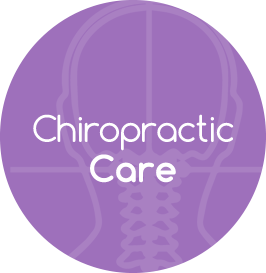Cervical Dystonia (Involuntary Neck Movement) – FACTS
Cervical dystonia is an involuntary movement disorder where the muscles will contract causing a repetitive, twisting motion. This could involve one muscle or a group of muscles. Sometimes these contractions can be painful and worsen with stress, fatigue, anxiety.
Dystonia can interfere with activities of daily living, vision, swallowing, and speech. The severity of dystonia will sometimes result in a person being depressed, anxious, and socially withdrawn.
The exact cause of dystonia is unknown but suggests there is abnormal communication present within the brain that controls the coordination of movement. Some other causes of dystonia include traumatic brain injury, Parkinson’s disease, Huntington’s disease, Wilson’s disease, birth injury, stroke, brain tumor carbon monoxide poisoning, infections, and heavy metal poisoning.
Dystonia is diagnosed via history and physical examination in addition to blood tests, advanced imaging like, CT, MRI, EMG, or genetic testing. Management often involves medications and botox injections. Physical, occupational, and speech therapy may help. Chiropractic should be considered as a non-invasive management for the structural and neurological problems that cause dystonia.
The nervous system controls and coordinates all functions of the body and structural shifts in the spine can occur that obstruct the nerves and interfere with their function. These structural shifts can lead to obstruction of the nerves and it is this obstruction, called vertebral subluxations, that chiropractors correct.
By removing the structural shifts, chiropractic improves nerve supply and function. The chiropractic adjustment is the means by which the structural shifts are removed. It is a safe, specific force applied to a joint.
Chiropractic Helps Improve Involuntary Muscle Spasms
The 14-year-old female reported on in this study had been suffering from involuntary muscle spasms, neck pain, and torticollis for at least a year. As her condition worsened, she began to experience headaches in addition to a noticeable head tilt and twisting in the neck. Dealing with the pain was difficult and she became anxious, withdrew socially and was unhappy with her appearance. Medications and injections did not help her.
The chiropractor examined her and found structural shifts in her neck and upper back. Abnormal muscle tension was noted in the neck and upper back causing a head tilt. Other findings included a decrease in neck range of motion and pain with orthopedic testing. X-rays and MRI confirmed these findings. These structural shifts can lead to obstruction of the nerves and it is this obstruction, called vertebral subluxations, that chiropractors correct.
Following chiropractic care she experienced complete resolution of the muscle tension, pain, and headaches. She had significant changes to her posture and overall was very happy with her outcomes.
The study’s author called for additional research to investigate the clinical implications of chiropractic in this population.
Reference: Secondary Atlantoaxial Subluxation in Isolated Cervical Dystonia: A Case Report. Eric Chun-Pu Chu BSc, DC, MHA, ICCSP, FRCC, Fa-Sain Lo, Amiya Bhaumik. Journal of Pediatric, Maternal & Family Health, Chiropractic ˜ Volume, 2020.


